Regenerative Medicine
It is the result of providing certain types of cells to defective human tissues and structures to allow the development of new normal tissue. Platelet-Rich Plasma Therapy is one example of regenerative medicine because it delivers growth factors to defective tissues.
Mayo Clinic, Rochester NY USA, Center for Regenerative Medicine. Info.
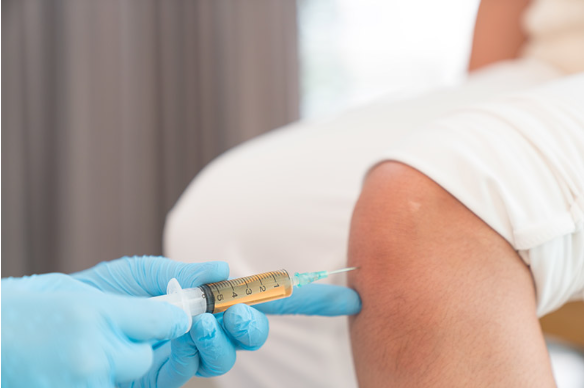
The breakdown of articular cartilage leads to osteoarthritis. Regenerative medicine allows the healing of degenerating tissues.

The stimulation of fibroblasts present in the dermis allows the increase of normal collagen in the subcutaneous tissue.

PRP acts as a regulator of inflammation and helps establish normal conditions that are favorable to regeneration.
What is regenerative medicine?
Platelet-Rich Plasma Therapy (PRP) is a concentration of blood platelets coming from the patient. PRP accelerates the healing process for tendons, ligaments, muscles and joints.
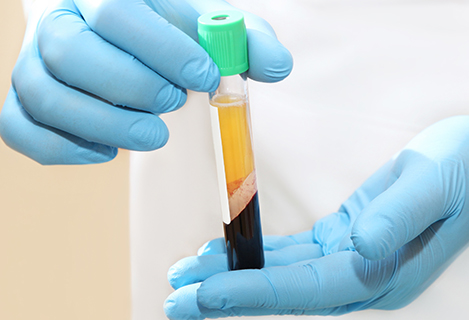
Treatment
Many professional athletes such as Tiger Woods (golf) and Rafael Nadal (tennis) have used this form of treatment.


Platelet-Rich Plasma (PRP)
In fact, PRP contains growth factors that are essential for cell recruitment, cell multiplication and cell specialization required for healing. A PRP injection also favors hair regrowth and collagen production, most notably in the face.
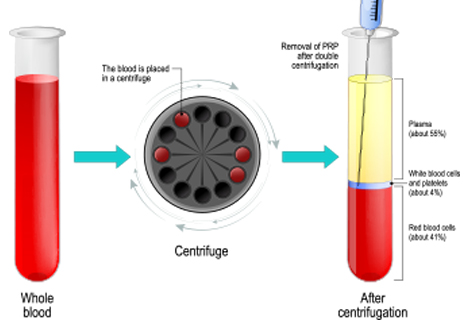
How does it work?
What is the interest in injecting platelets when we already have them in our blood? By increasing the volume of platelets in the blood in a given area, we stimulate the production of collagen and regeneration of the cells in that area.
The Treatment
The cells will secrete the necessary growth factors to repair tissue and heal wounds. The entry point of the injection creates a skin irritation that activates the tissue healing aspect of the platelets.
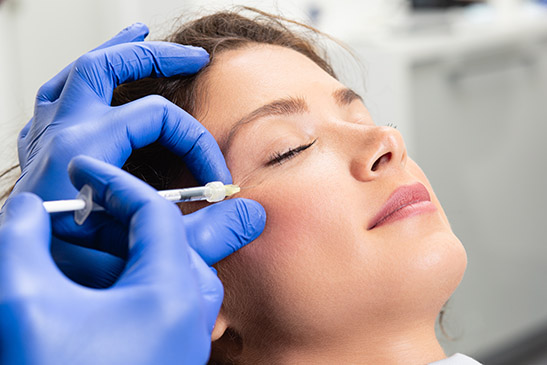
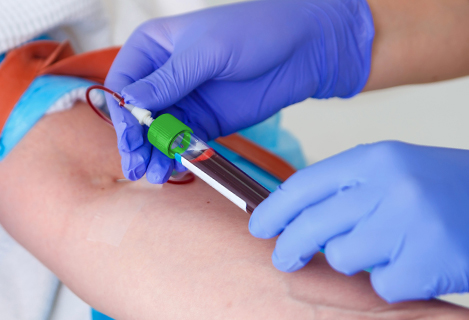
Procedure
A blood sample is taken from the elbow, just like a regular blood work.
The blood
The blood that is drawn is then placed in a centrifuge, which is a machine that separates different blood cells and allows for the isolation of platelets. The obtained PRP is then injected in the areas that have suffered trauma to accelerate healing, such as joints, or in areas to increase cell regeneration, such as the face or scalp.

Multiple sessions are necessary to achieve the desired results. Studies show a relation between effectiveness of PRP therapy and frequency of treatment.


